While I am on vacation, I’m reposting a couple of holiday recipe favorites. Hope you enjoy…
Winter vacation isn’t complete without a family Gingerbread house construction. We love opening up the boxes, laying out all the candy pieces in an assembly line, and determining our creative design for the houses’ façade. We laugh while we sneak eat at least 1/3 of the candy pieces. We have a grand old time watching our houses transform from 2D pieces to festive 3D creations; the perfect window display against winter’s snowy backdrop.
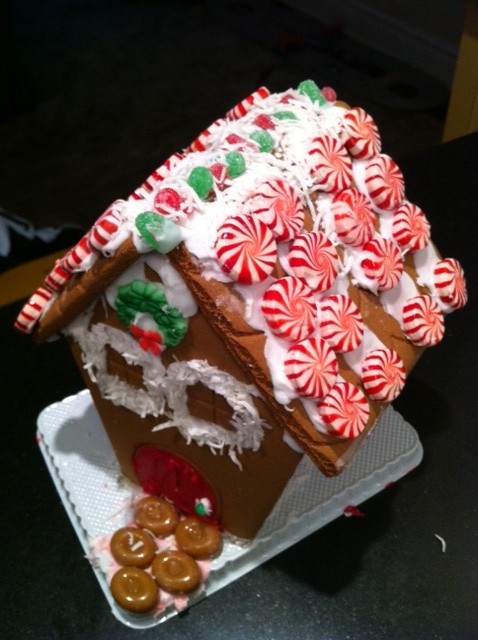 Our Gingerbread House collection
Our Gingerbread House collection
With all our focus on Gingerbread houses, I realized I never once bothered to try to make Gingerbread!
I soon realized there is nothing difficult to this recipe. The hardest part for me was learning how to properly fold and rip the square piece of parchment paper to perfectly fit the bottom of our round baking pan.
I was also excited as I had never baked with Molasses. I’m sure there’s a jar of it in most kitchens, quietly gathering dust at the back of a cupboard, right? I mean typically, isn’t molasses only used once or twice a year, when making gingerbread or baked beans?
As I watched the molasses slowly creep out of the bottle into into my measuring cup, many thoughts came to mind. Of course I first thought of its constipating or sometimes laxative effects. Charles Dickens makes mention molasses in Nicholas Nickleby, where the starving students of Mr. Wackford Squeers’ school are frequently dosed with it to cut down on their porridge consumption. And, remember the The Boston Molasses Disaster, also known as the Great Boston Molasses Tragedy, that occurred on January 15, 1919? A large molasses storage tank burst, and a wave of molasses rushed through the streets killing 21 and injuring 150.
And, don’t forget molasses also had a somewhat unsavory history during Prohibition in the US as it is the primary base for the manufacture of rum. Molasses importation became synonymous with the bootlegging industry and with organized crime.
But, I digress…
We spent a decent amount of time perfecting the art of combining the molasses with the milk and butter and dry in ingredients. I now know the trick. Your mixer should be on LOW SPEED and the proper way to mix is: ½ of the dry ingredients first, then add all the liquid, then add the other ½ of the dry ingredients. And, I learned how to properly FOLD the mixture together versus simply mixing the mixture together—apparently there’s a big difference. The head chef stood over me and watched me stumble my way through it in front of the class.
Even before putting the cake in the oven, the pungent aromas were wafting from the batter. 35 minutes later and we had a beautifully brown, round Gingerbread before us. And, don’t be shy, the recipe calls for modest amounts of cinnamon and ginger. I say add more. When sampling our bread, we agreed it needed more of a kick. I would even throw in some All Spice too.
Enjoy.
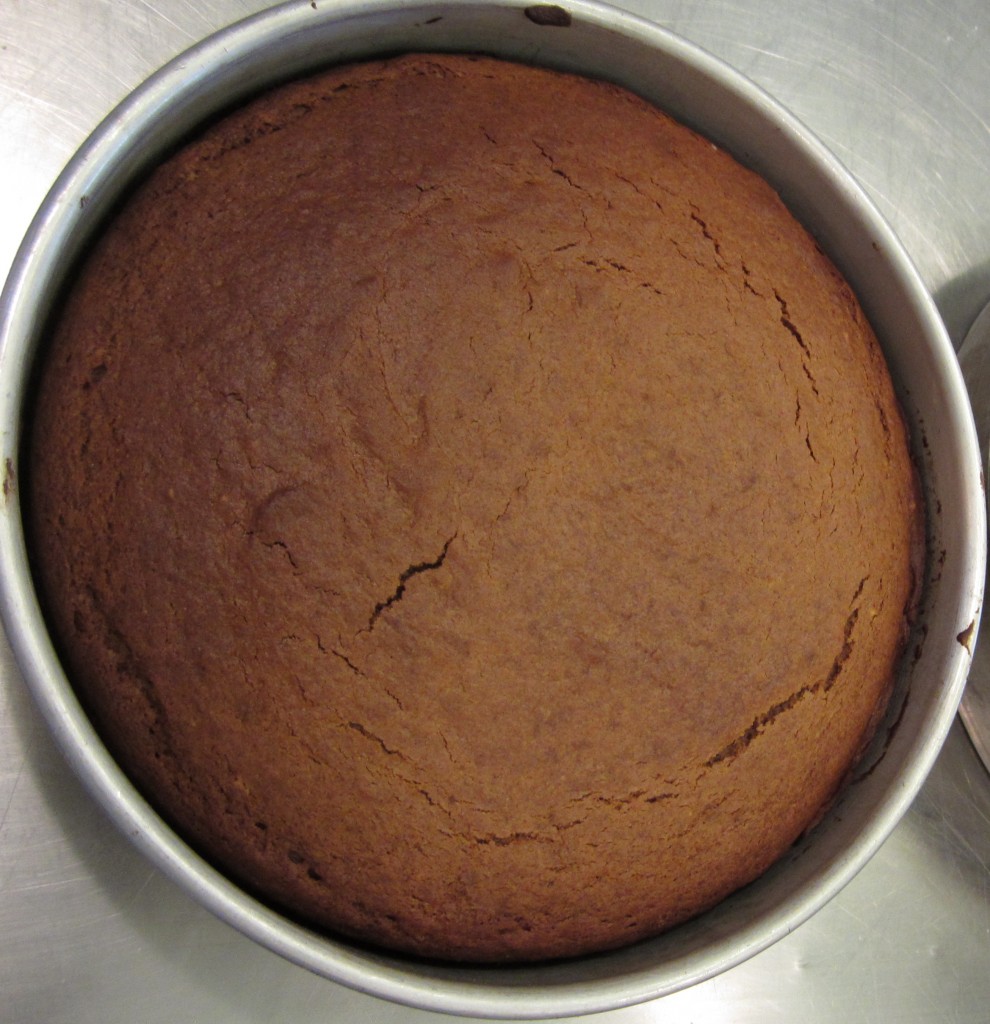 Finished Gingerbread baked to perfection
Finished Gingerbread baked to perfection
Gingerbread (from Nick Malgieri’s Baking Class)
Ingredients:
- 2 cups all purpose flour
- 2 teaspoons baking powder
- 1/2 teaspoon baking soda
- 1/2 teaspoon salt
- 2 teaspoons salt
- 2 teaspoons ground ginger
- 1 teaspoon cinnamon
- 8 tablespoons (1 stick) soft, unsalted butter
- 1/4 cup sugar
- 1 large egg
- 2/3 cup milk or water
- 2/3 cup molasses
One 9-inch round x 2-inch deep pan, buttered and the bottom lined with parchment
Instructions:
- Preheat oven to 350 degrees and set rack in the middle level.
- Combine flour, baking powder, baking soda, alt and spices in a mixing bowl and stir well to mix.
- Beat butter and sugar until light and fluffly, by hand or by machine on medium speed. Beat in egg, and continue beating until smooth.
- Stir in molasses and milk together and add to butter mixture with dry ingredients. Fold batter together with a rubber spatula.
- Scrape batter into prepared pan. Bake gingerbread about 35-45 minutes, until well risen and firm in the center. Cool in pan 5 minutes, then unmold to a rack and cool completely.
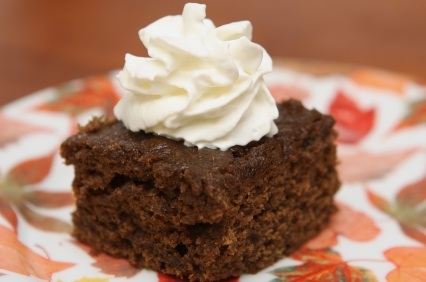
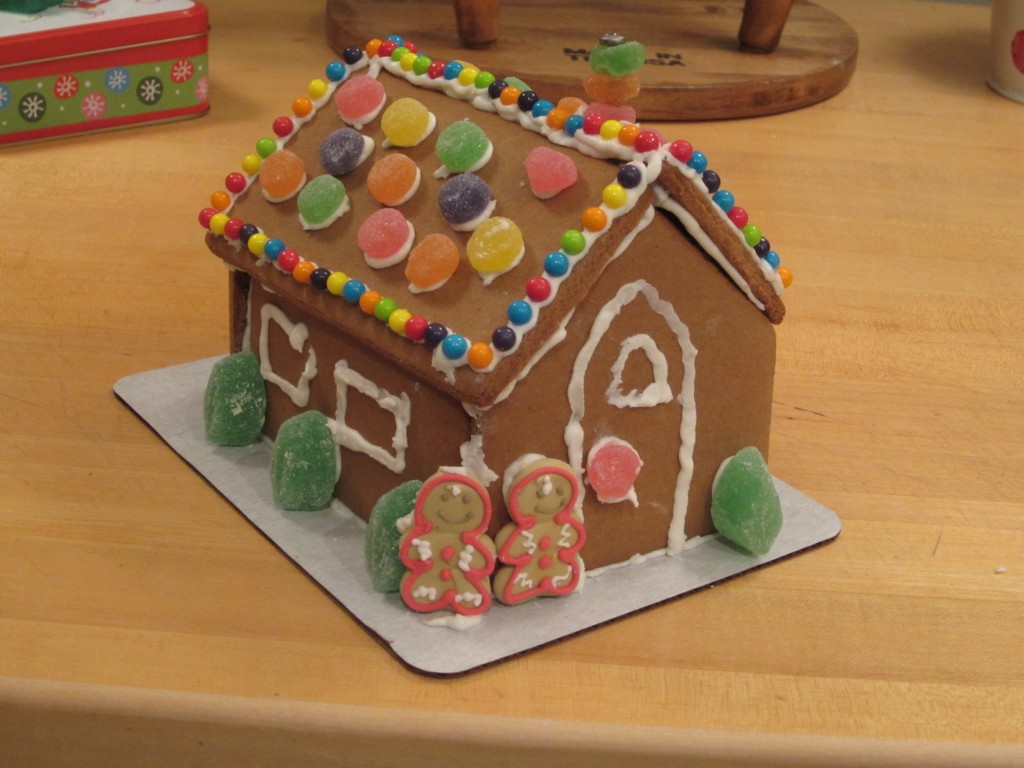
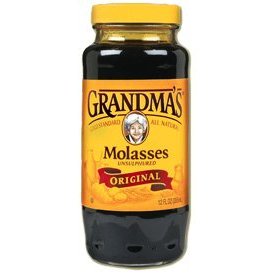
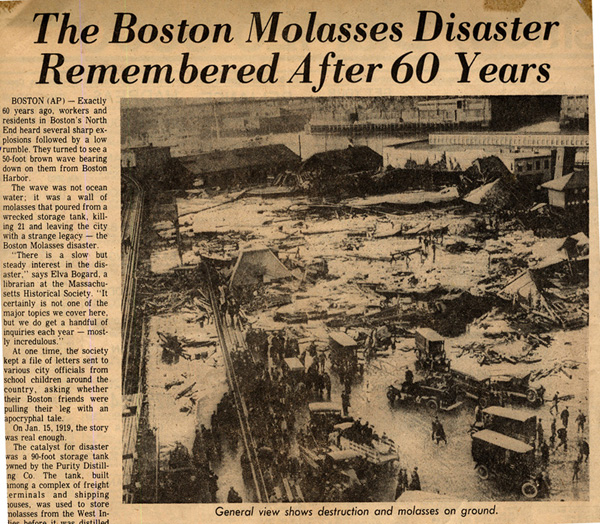
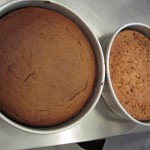

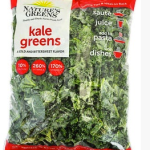
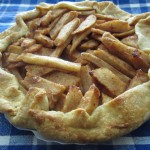
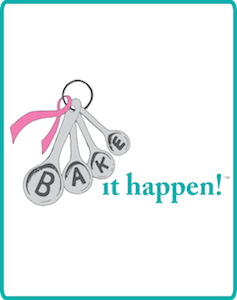


Speak Your Mind